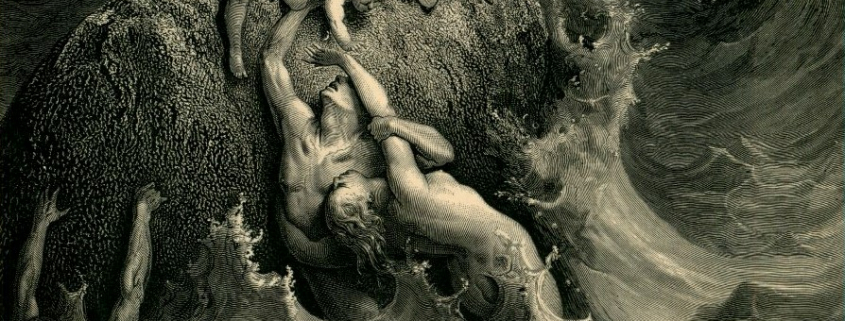Gennaro Schiano’s book Relatar la catástrofe en el Siglo de Oro. Entre noticia y narración, recently published by Peter Lang (Berlin), is dedicated to a representation of natural disasters in one of the most popular genres produced in the territories of the Hispanic Monarchy during the Golden Age: the relaciones de sucesos.
Developing some of the DisComPoSE research lines, the author starts from the short circuit between the codes of institutional, informative and narrative writing to explore the reasons for the media echo received by disasters in the Early Modern Age. The relaciones clearly show how the unprecedented attraction for calamitous events is not only due to the complex evolution of the imagination of the so-called cultura de cordel but also to a radical change in the perception, interpretation and narration of catastrophe. The identification of the founding elements of the narration of the catastrophe – specifically, its rhetorical and stylistic characteristics, without neglecting the connection with other contemporary literary genres – allows us to investigate how the culture of the time came to consider the ‘disaster’ as a phenomenal category, attributing to it the variegated range of meanings that only a careful textual analysis enables us to reconstruct.
The first section offers a theoretical-critical framework on the relaciones de desastres, delimiting its genre characteristics, tracing its sources, and reconstructing the connections of this particular editorial product with the forms and topoi of the literatura de cordel. The second section of the book is devoted to three case studies: the floods that inundated the cities of Salamanca and Seville in 1626, the eruption of Vesuvius in 1631 and the Andalusian earthquake of 1680. The intention to provide as complete a picture as possible of the subject of the research is confirmed by the three appendices in the third section of the volume: the first is dedicated to the modern edition of three different relaciones relating to the three case studies, the second includes a list of all the relaciones cited and the third contains a valuable gallery of images.








Leave a Reply
Want to join the discussion?Feel free to contribute!